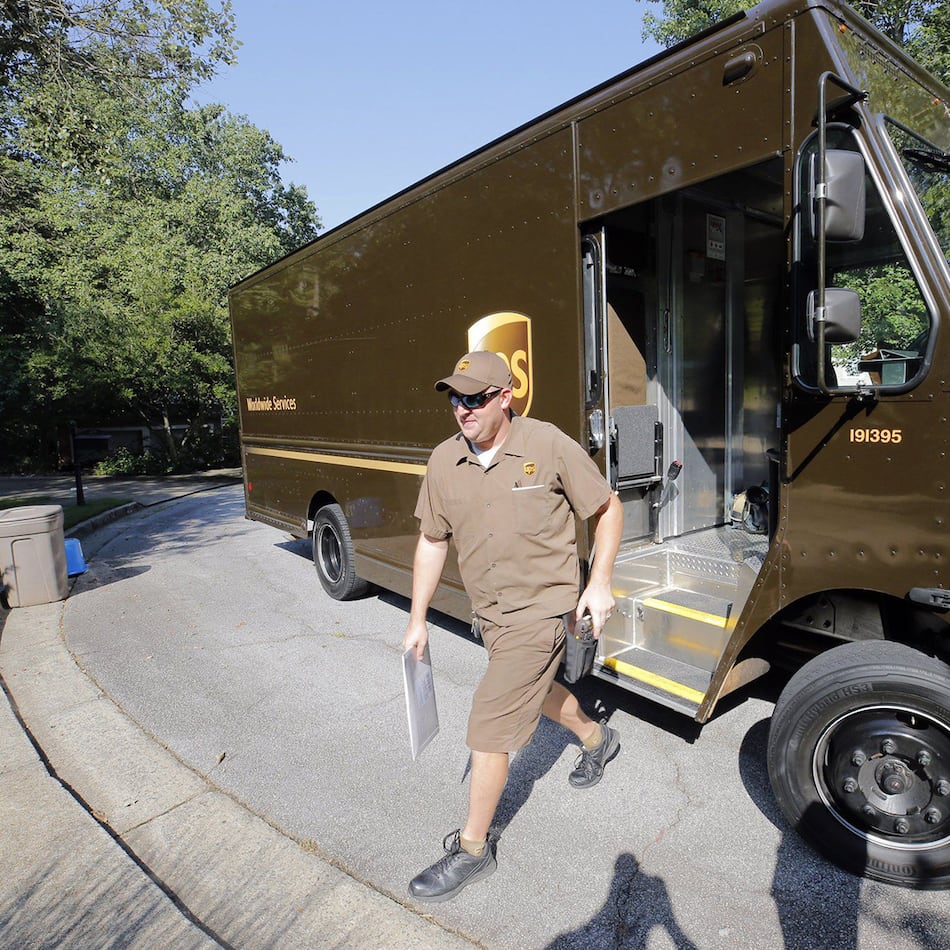Since the 2009 adoption of the Connect Atlanta Plan, the city has embraced the imperative that its transportation system must accommodate the whole range of transportation modes — automobiles, transit, bicycles and pedestrians. This rational Comprehensive Transportation Plan is a guide to ensure mobility, continued economic growth, and quality of life for citizens and visitors.
We’ve made some progress implementing this multi-modal approach through Livable Centers Initiative (LCI) plans — all of which emphasize the creation of an enhanced pedestrian environment. Most LCI plans focus on transit station areas, the most significant locations for improving the walking environment. Several LCI projects have been accomplished, but much remains to be done.
The 2011 State of the City’s Infrastructure report identified almost 2,200 miles of sidewalks in the city — 18 percent of which were deemed to be deteriorated. In addition, there are about 43,000 intersection nodes that require upgrades due to lack of adequate access for disabled persons. Comprehensive surveys have enabled the city to identify the highest-priority sidewalk needs and begin to make necessary repairs and improvements.
The Atlanta Beltline is providing vastly improved pedestrian access among neighborhoods and continues to expand, with main line trails and subsidiary trails connecting neighborhoods.
The Atlanta Streetcar project has significantly improved the pedestrian environment along its route, and future expansions will continue this approach.
The city has adopted a “Complete Streets” approach to new roadway projects that will ensure pedestrian access is not an afterthought, but a core element of future project designs.
Several Community Improvement Districts in downtown, Midtown and Buckhead have partnered with the city, or acted on their own, to improve pedestrian access on major travel corridors and near transit stations.
One of the best opportunities for substantial upgrades of pedestrian facilities will be through an infrastructure bond Mayor Kasim Reed will put before the Atlanta City Council later this year. If the Council supports the bond offering, city voters will vote on the bond referendum in early 2015.
The infrastructure bond is anticipated to be in the range of $250 million, allowing for significant investment in needed repairs. The city is beginning public meetings this month to encourage a robust public discussion of infrastructure priorities, with a focus not so much on new projects, but on fixing what is broken. Pedestrian projects should be a key element of the final project list and may include rebuilt sidewalks, access for disabled persons and a Complete Streets approach to any road project.
It is vital that citizens weigh in on priorities so an appropriate project list can be put before the voters in 2015. As city neighborhoods continue their revitalization and as transit opportunities expand, it is appropriate that the pedestrian is now seen as a key element of our transportation network.
Tom Weyandt is deputy chief operating officer for Atlanta.
About the Author
Featured
